Learn the difference between Love and Attachment – attachment increases fear and love destroys it.
Sometimes, love and attachment gets twisted into one another. Sometimes, the lines get so blurred, that you become blind to what is happening around you. And you can’t tell what is real anymore.
According to Dr. Phillip Shaver and Dr. Cindy Hazan, about 60 percent of people have a secure attachment (which is a supportive attachment), while 20 percent have an avoidant attachment, and 20 percent have an anxious attachment.
According to Mikulincer M, Erev I. secure people put more emphasis on intimacy than avoidant and ambivalent people, which their relationships were characterized by high intimacy and congruence of real-ideal and self-partner loves. The romantic relationship of ambivalent people was characterized by their failure to understand their desire for a warm and secure love. Avoidant people experienced less intimacy than secure people, but more commitment than ambivalent people in their relationships. They were found to underestimate partners’ love and to require less intense love than secure and ambivalent people.
But, The Difference Between Unhealthy Attachment, And True Love Is In Fact Clear As Day.
1. Attachment is needing.
It’s toxic. It’s only being OK when you are with that person. It is not being able to live without them. It is thinking that they are the reason you are on this earth. It is the idea that you are not complete without that person.
Love is falling without even realizing it. It’s slow. It’s delicate. It’s being OK without that person. It’s letting that person have their own space. It’s wanting what is best for that person, even if it means not being in their life anymore. It’s accepting that sometimes, what is best for you, is not best for them.
Read on to 3 Secrets To Achieving Love Without Attachment
2. Attachment Is Clingy.
It is 24/7 thoughts of them. It is letting other relationships fade because the one with him is the most important. It is not accepting life without them. It is not being happy on your own. It is always being afraid they will leave. It is always being anxious about your future with them.
Read on to Why You Should Never Be Sorry For Being Too Clingy
3. Love Is Accepting That What Is Meant To Be, Will Be.
It is being your own person outside of that relationship. It is being happy on your own, and with your other friendships. It is not being afraid of your future with this person. Because you are confident in that love. And you are confident it will withstand anything if that is what is meant to be.
Another perspective about the difference between love and attachment is that attachment is not seeing this persons flaws. It is thinking they are pure perfection and they can do no wrong. It is defending this person even if they hurt you. It is a constant cycle of blindness.
4. Love is fighting.
It is having real arguments about life. It is seeing this person’s flaws and accepting them. It is loving this person despite their poor qualities. It is communication about your problems. It is communication about your differences, and what makes your relationship hard. It is work. It is always hard work.
5. Attachment is easy.
Because it isn’t real. It isn’t true love. It’s just a blurry line of insecurities and self hatred.
6. Love isn’t easy.
It’s hard. It’s compromise. It’s sweat and tears. It’s hardships and reconciliation. It’s fights and makeups.
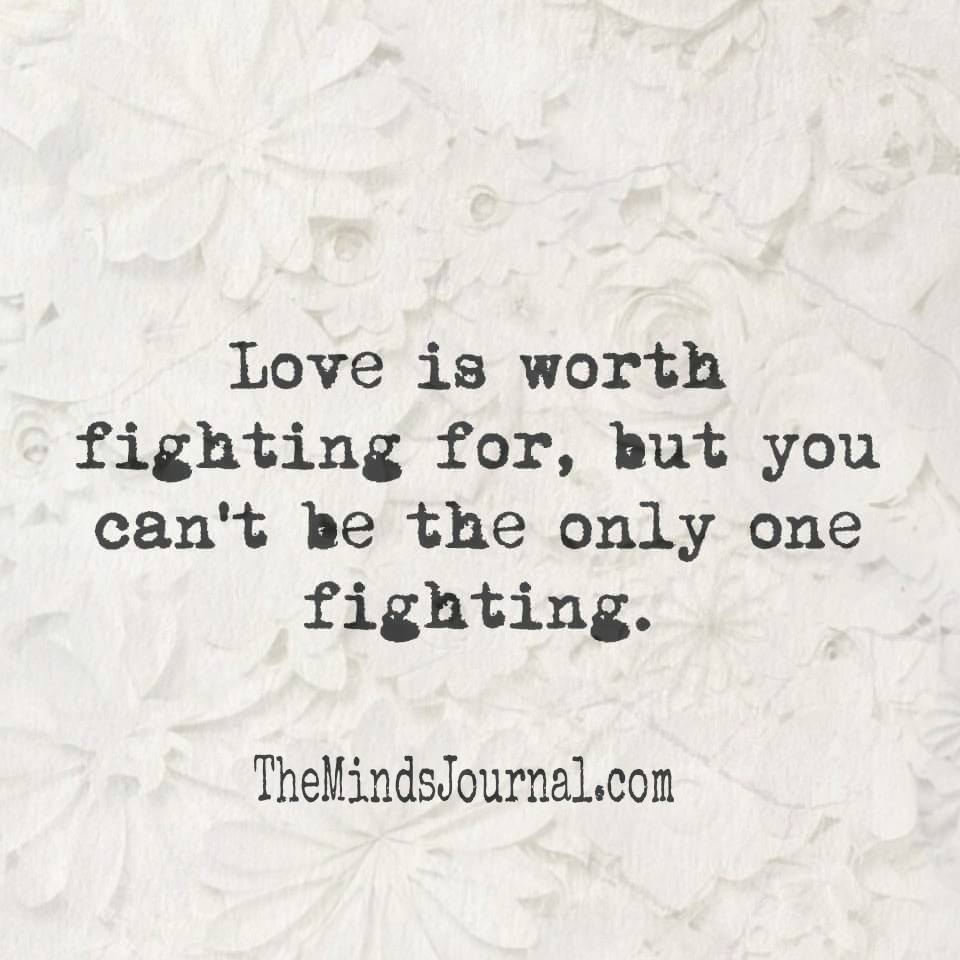
7. Attachment is just surface level communication.
It is dangerous. It is believing they are the only thing that matters in your life.
8. Love is letting them go if that is what is needed.
It is letting fate take it’s course. It is accepting that it is not meant to be. And it is being okay even if it hurts like hell. Because you know love like that will come again.And you’ll be fine.
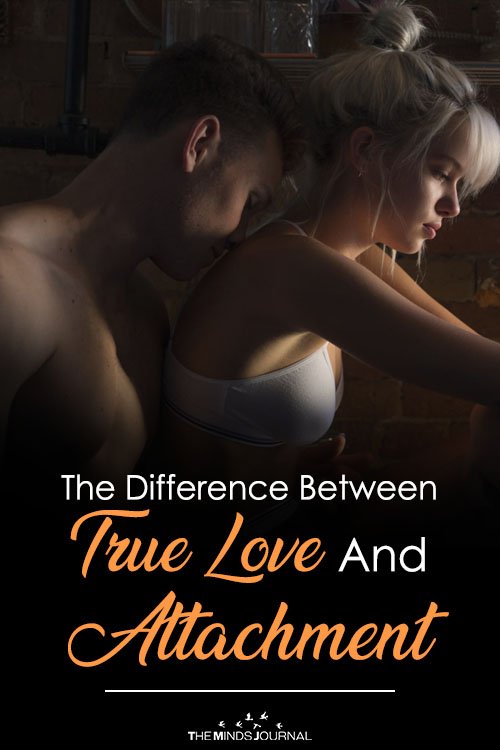
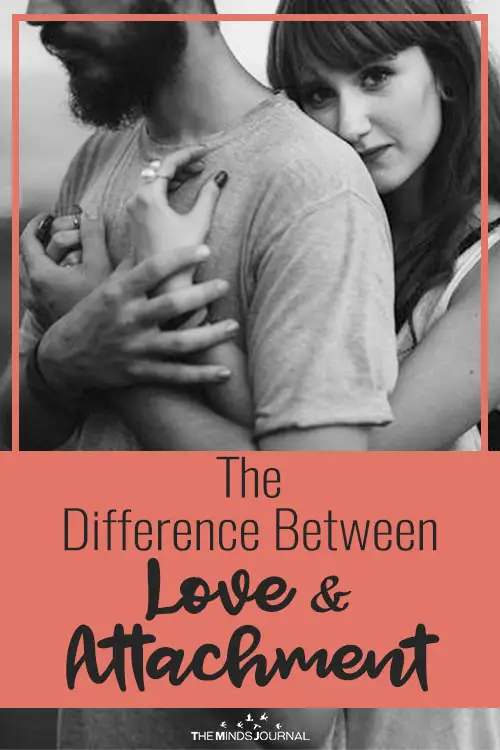
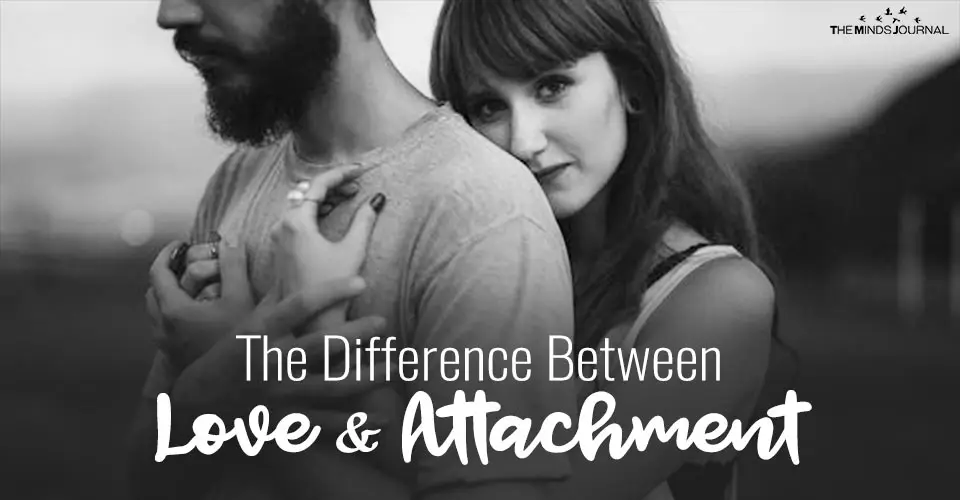
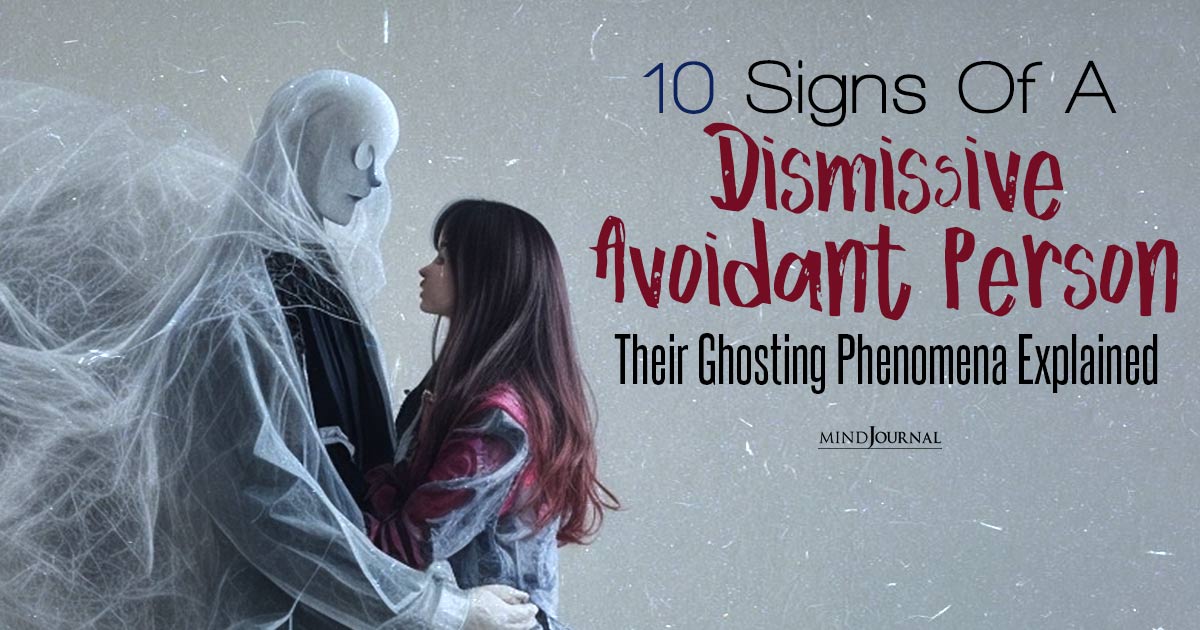

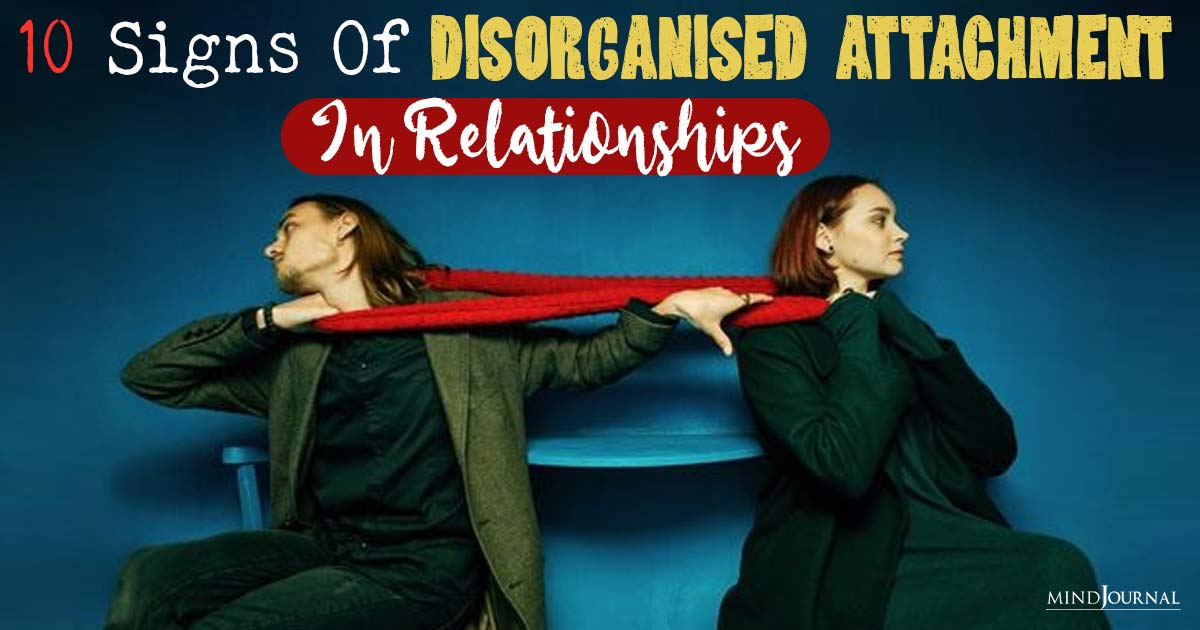
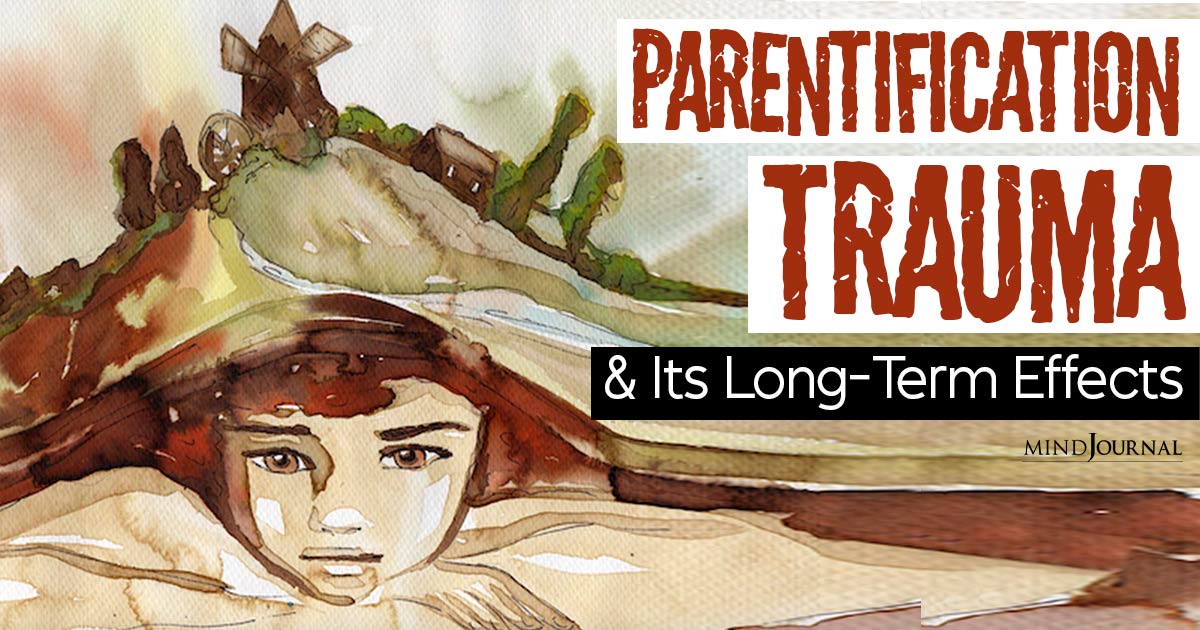
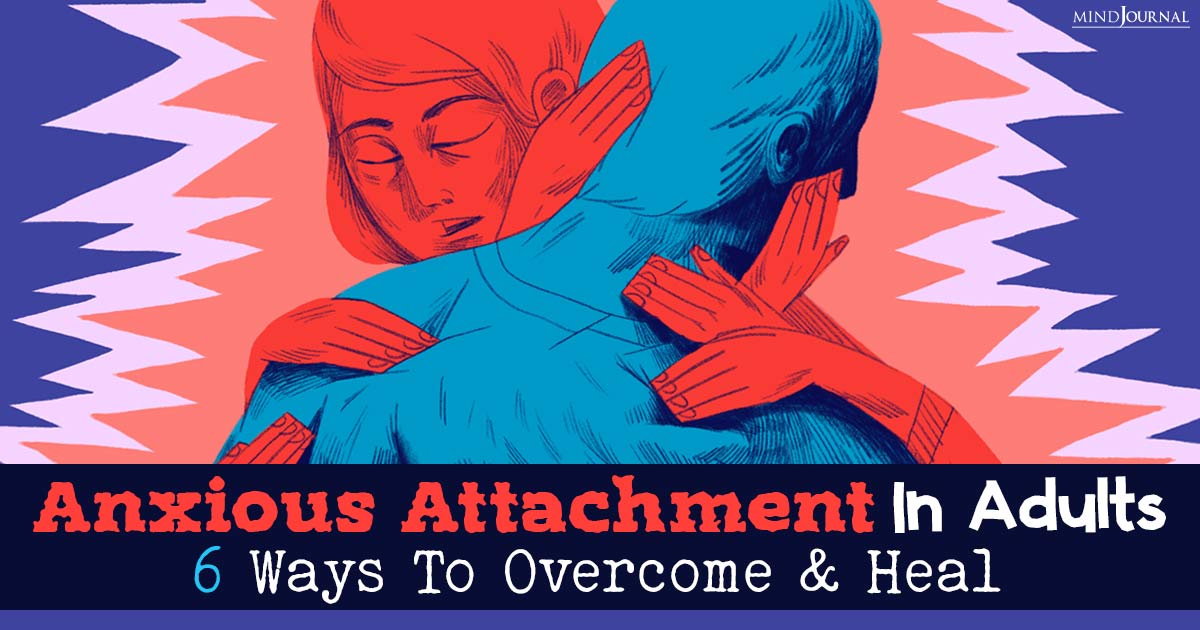
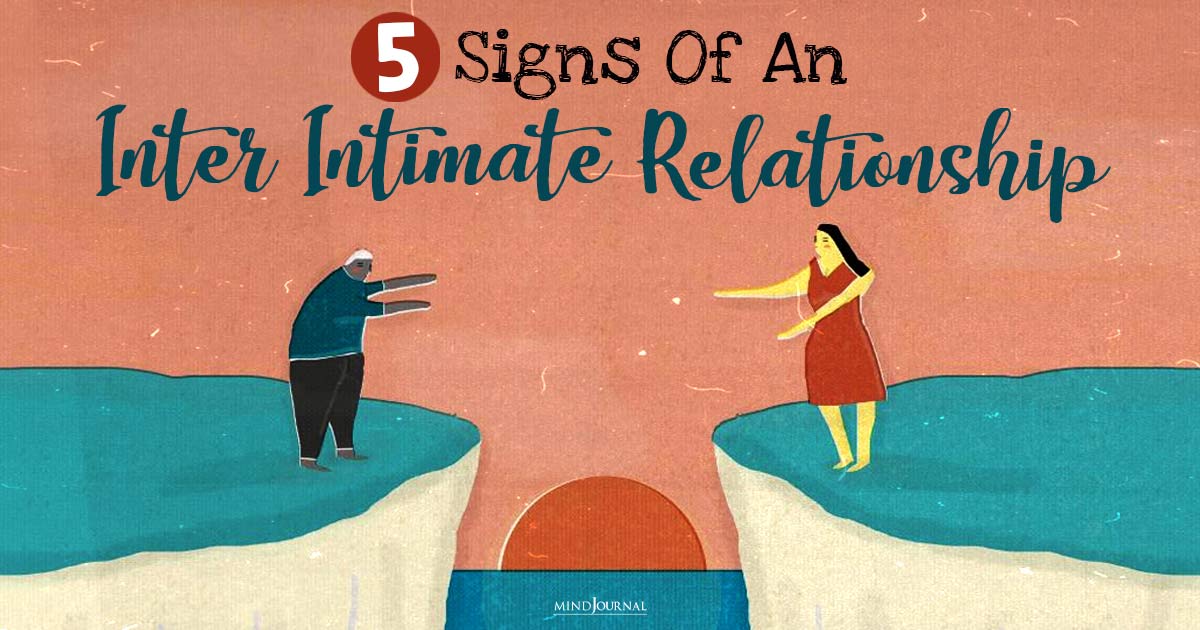
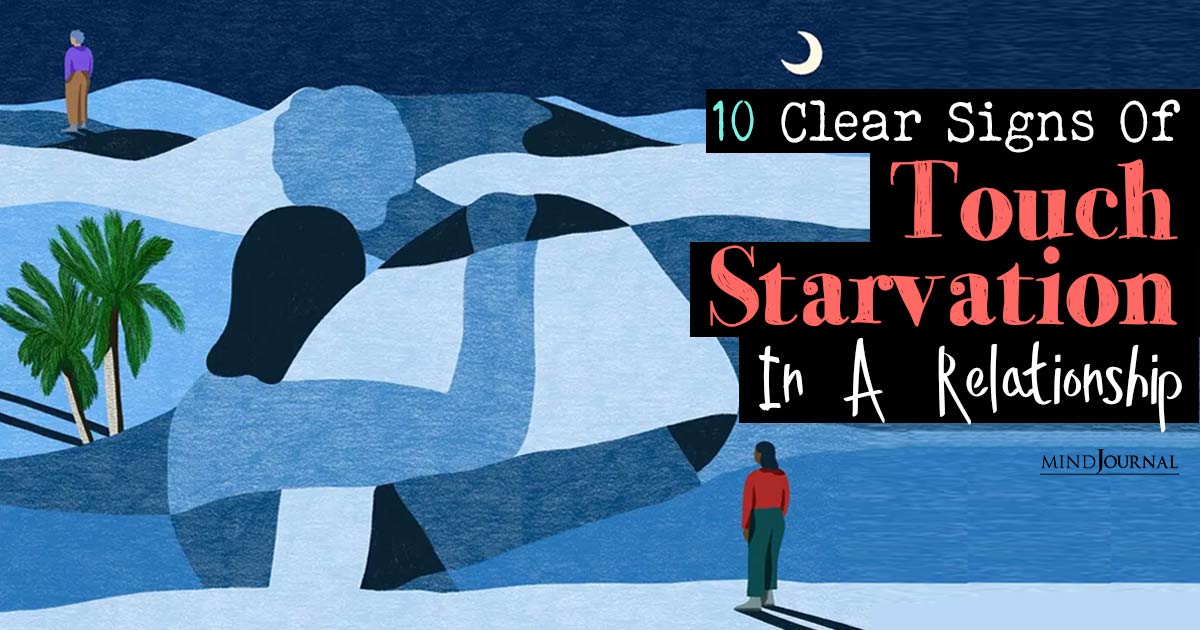
Leave a Reply
You must be logged in to post a comment.